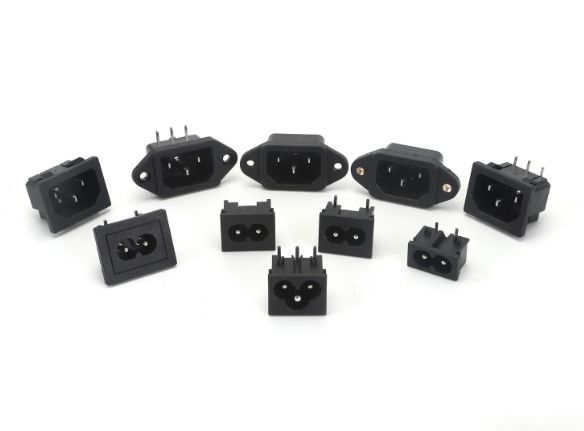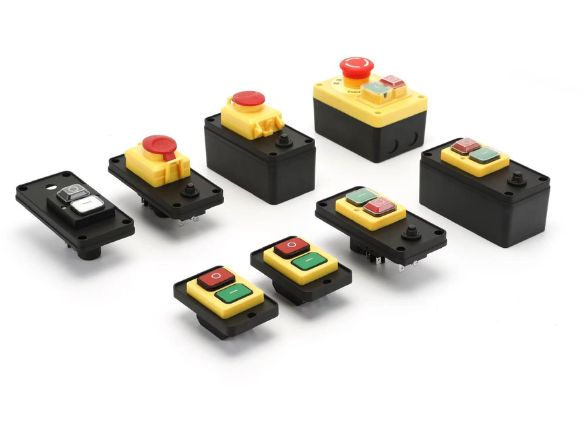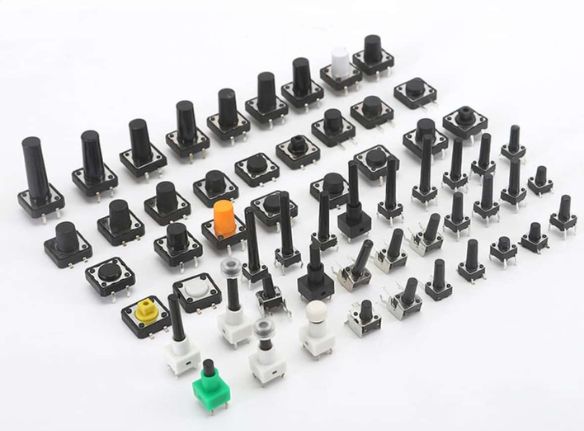What is Double Pole Double Throw Switch?
A Double Pole Double Throw (DPDT) switch is a type of electrical switch that controls two separate circuits simultaneously, allowing each circuit to be connected to one of two outputs. This makes it versatile for various applications where multiple connections need to be managed with a single switch.
Key Characteristics of DPDT Switches:
- Two Poles (Double Pole): It has two separate input terminals, each pole controlling a different circuit.
- Two Throws (Double Throw): Each pole can be connected to one of two output terminals, effectively creating two independent switches in one unit.
- Six Terminals: Typically, DPDT switches have six terminals – two for the inputs, two for one set of outputs, and two for the other set of outputs.

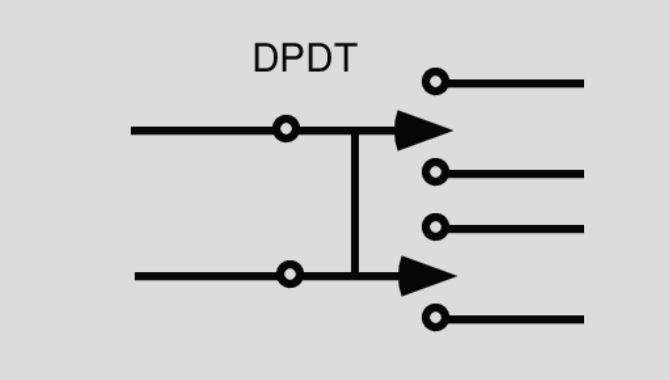
Double Pole Double Throw Switch Symbol
A Double Pole Double Throw (DPDT) switch is an electrical component that can control two separate circuits simultaneously. It has six terminals: two for the input connections and four for the output connections. The switch can connect each input to one of two outputs, allowing for versatile circuit switching. This type of switch is often used for reversing the polarity of a circuit, such as changing the direction of a motor, or for switching between two different power sources. A DPDT switch is depicted in diagrams with a double set of contacts indicating its dual functionality.
Double Pole Double Throw Switch Diagram
A Double Pole Double Throw (DPDT) switch is an electrical component that controls two separate circuits simultaneously. It has six terminals: two for the input, two for the output in one position, and two for the output in another position. This switch can connect each input terminal to one of two output terminals, allowing it to control two different devices or circuits with a single action.


How to Wire a Double Pole Double Throw Switch?
A Double Pole Double Throw (DPDT) switch is an electrical component that can connect two different circuits, allowing for each circuit to be switched between two different outputs. It has six terminals: two for the inputs (poles) and four for the outputs (throws). Wiring a DPDT switch involves connecting the input wires to the two center terminals, then connecting the output wires to the four outer terminals. This setup allows the switch to change the path of current between two sets of outputs, useful for reversing motor direction or other applications requiring dual control paths.
DPDT Toggle Switch Wiring Diagram
A Double Pole Double Throw (DPDT) toggle switch can control two separate circuits, toggling between two states. Our DPDT switches offer high durability, precision, and easy installation, making them ideal for complex electrical setups. Manufactured in China, we ensure top quality and competitive pricing, catering to both domestic and international markets. Click here for more details!
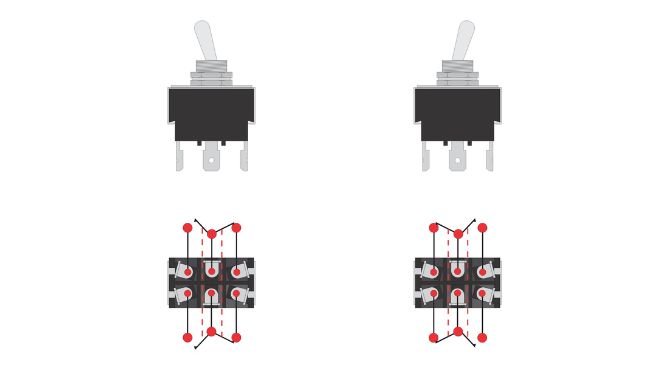
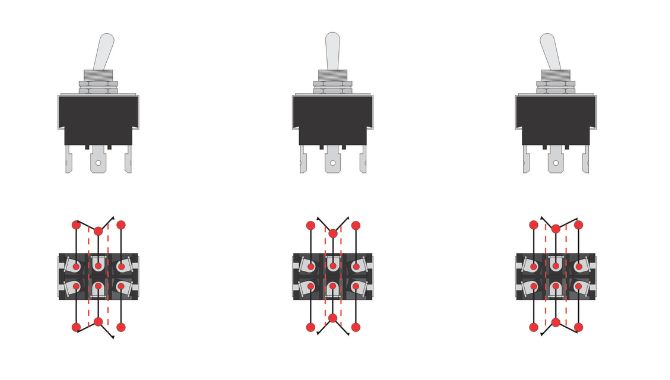
ON OFF ON Toggle Switch Wiring Diagram
A toggle switch allows control between ON-OFF-ON states for various electronic devices. Our switches are durable, easy to install, and provide a smooth operation. Made with high-quality materials, they ensure long-term reliability and performance. With precise engineering, our products meet international standards, making them ideal for industrial and consumer applications. Explore our range for dependable and efficient solutions.
Momentary Toggle Switch Wiring Diagram
A momentary toggle switch is a manually operated device used to control circuits with a temporary on/off function. Our switches are known for their reliability, durability, and precision. Manufactured with high-quality materials, they offer smooth operation and long lifespan. Ideal for various applications, including industrial machinery and consumer electronics, our switches ensure consistent performance and user

-Toggle-Switch.jpg)
ON OFF(ON) Toggle Switch Wiring Diagram
Our high-quality ON OFF(ON) toggle switch guarantees reliable performance for various applications. Designed with durability in mind, it features a sturdy build, smooth operation, and easy installation. Perfect for industrial, automotive, and home use, our switches stand out for their longevity and precision. Choose our products for superior quality and excellent customer support. Visit us now for more details!
DPDT Toggle Switch for Lamp
A DPDT toggle switch for lamps offers dual on/off control circuits, ensuring versatile functionality. Our switches boast high durability, precise engineering, and easy installation. Manufactured in China, we deliver top-quality products at competitive prices, with rigorous testing for reliability and safety. Choose our switches for a dependable and cost-effective lighting solution.
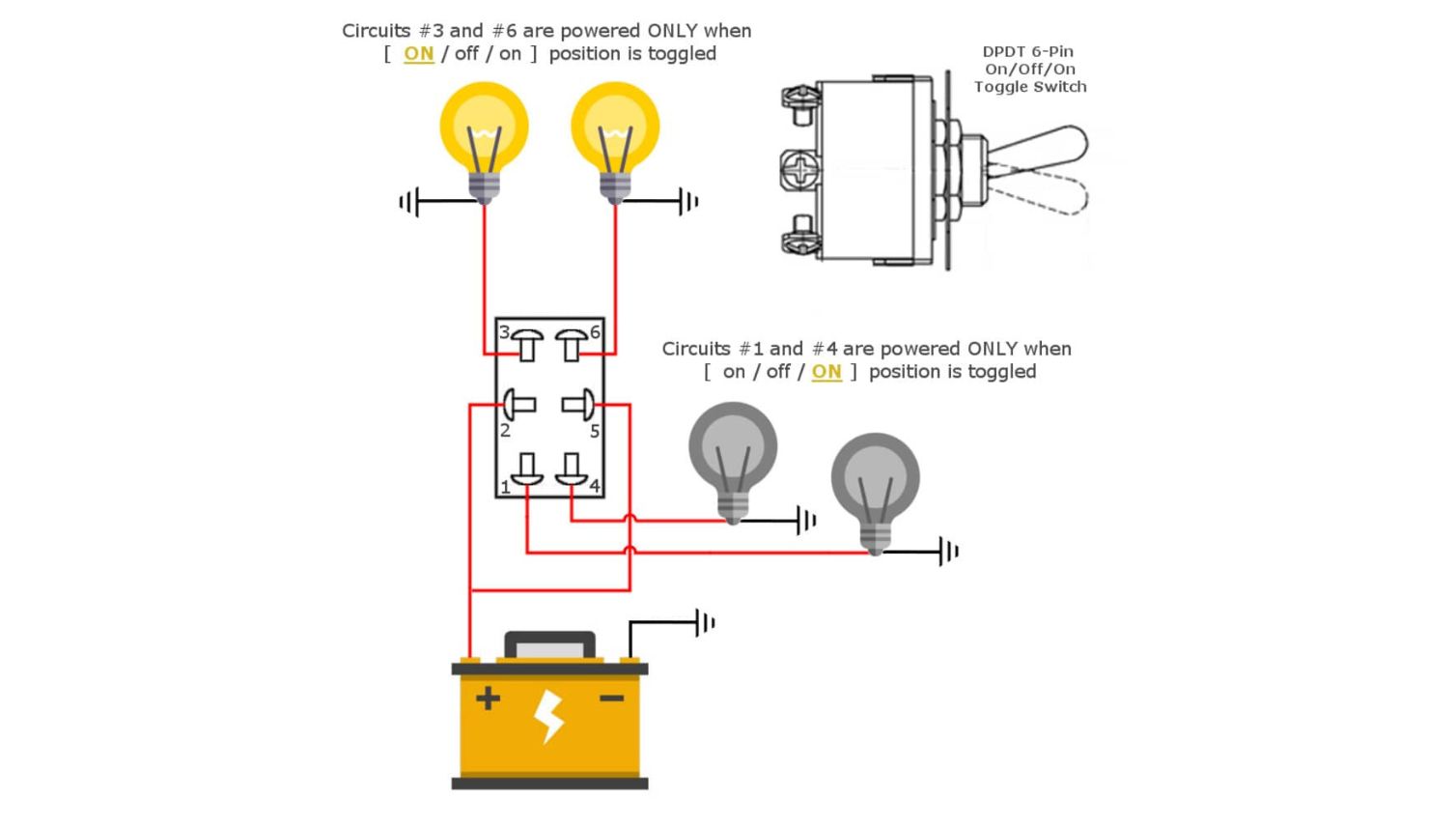
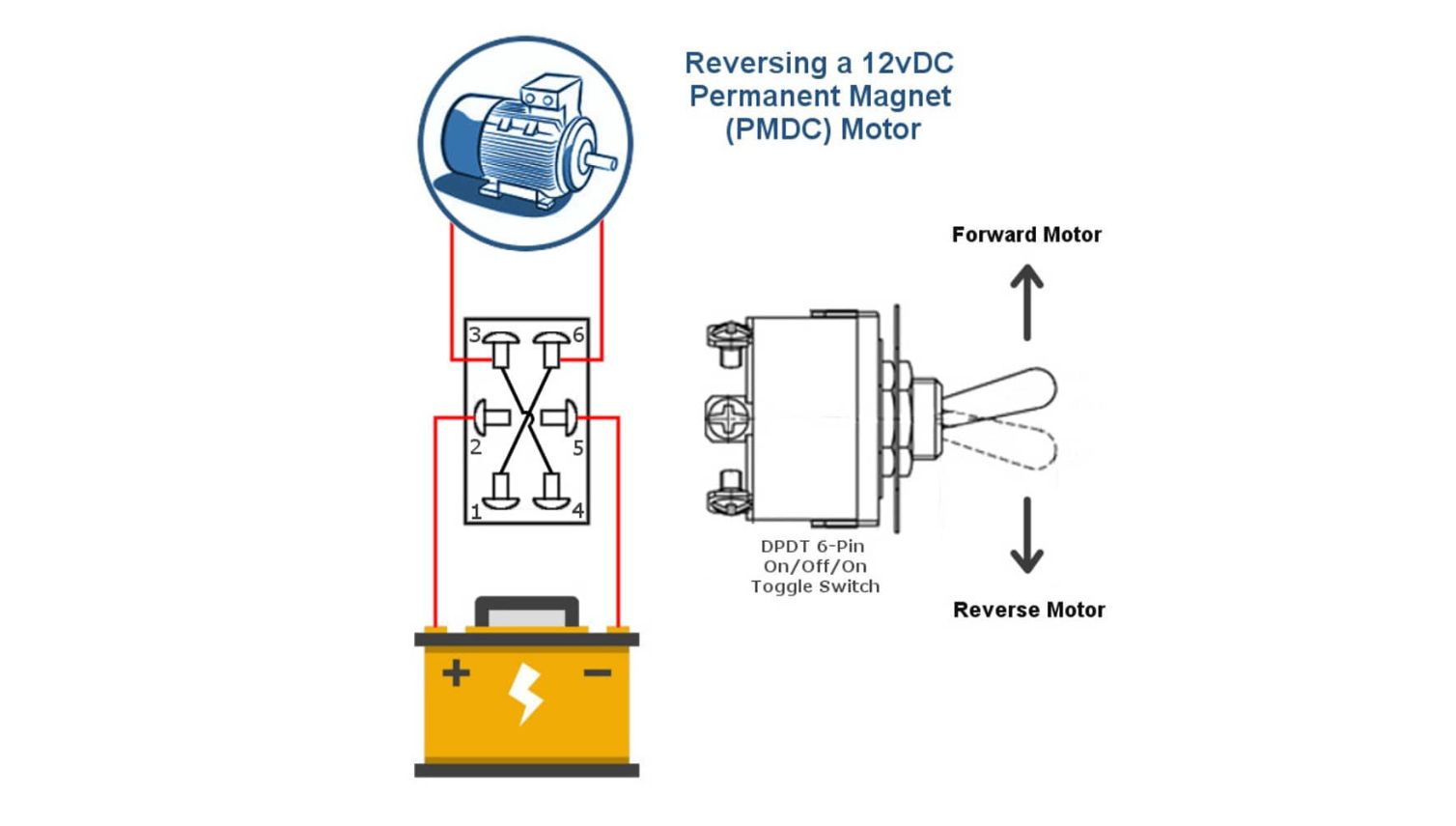
DPDT Motor Reverse Diagram
A DPDT (Double Pole Double Throw) switch allows you to reverse the direction of a motor with ease. Our switches are designed for durability and precision, ensuring reliable performance in industrial and automotive applications. Manufactured in China with high-quality materials, they offer excellent electrical conductivity and robust construction. Click to explore our competitive pricing and tailored solutions for your needs!
DPST VS DPDT

A switch with two inputs and two outputs, controlling two separate circuits simultaneously with one action.

A switch with two inputs and four outputs, allowing the connection of two separate circuits to two different circuits, enabling control over four circuits or changing between two outputs for each input.
Various types of switches
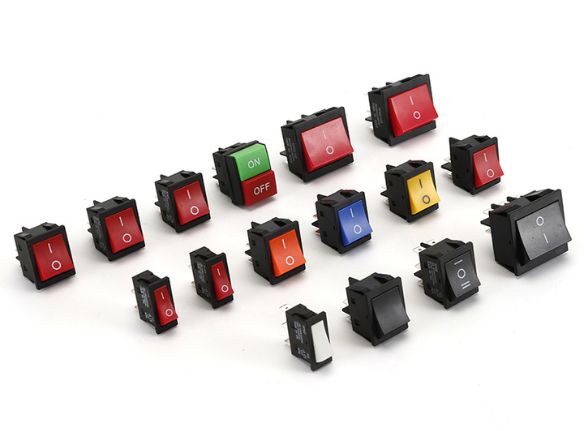
A Double Pole Double Throw (DPDT) Rocker Switch allows control of two circuits with a single switch. It has six terminals and can connect each of two inputs to one of two outputs, enabling various configurations like on-on or on-off-on. Often used in applications requiring reversing polarity or switching between two power sources.

A Double Pole Double Throw (DPDT) Marine Rocker Switch controls two separate circuits, allowing each to connect to one of two outputs. It’s commonly used in marine applications to switch between power sources or control complex systems. The rocker design offers easy operation, even in wet conditions, and the “double throw” feature means it can alternate between two different positions or functions.
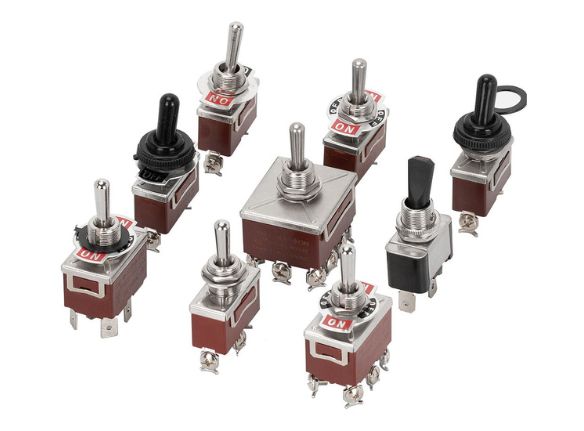
A Double Pole Double Throw (DPDT) toggle switch is an electrical switch that controls two separate circuits, each with two positions. It has six terminals: two for the input and four for the outputs. Each input can connect to one of the two outputs, allowing it to switch between two different circuit paths. This type of switch is commonly used for reversing motor directions or switching between power sources.
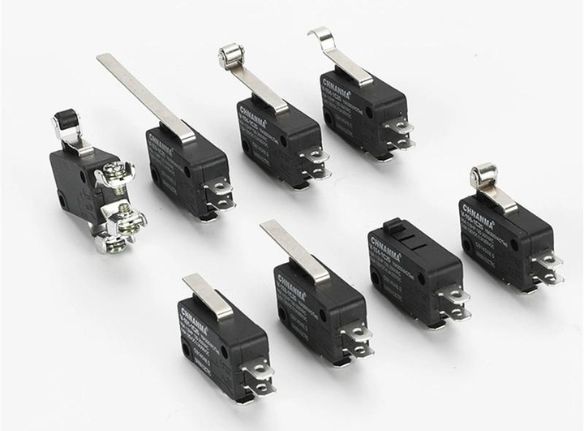
A Double Pole Double Throw (DPDT) micro switch is an electrical switch with two separate circuits (poles) that can each connect to one of two outputs (throws). It allows control of two different circuits simultaneously, often used for reversing motor direction or switching between two power sources. This compact switch type is actuated by a small physical force, making it suitable for precise control applications.
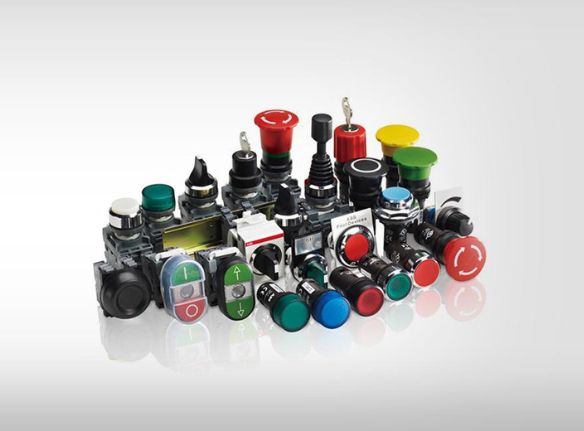
A Double Pole Double Throw (DPDT) push button switch is an electrical component with two input circuits and two output circuits. It allows you to control two different circuits simultaneously, with each circuit having two possible states (ON or OFF). By pressing the button, you can change the connections between the inputs and outputs, effectively toggling between different electrical pathways for each pair.
Related Product
FAQs
Double Pole Double Throw Switch are commonly used in various applications, and people often have questions about them. Here are five of the most popular FAQs for Double Pole Double Throw Switch:
A DPDT switch has six terminals: two for each pole and two for each throw. By toggling the switch, you can change the connections between the input and output terminals, essentially allowing for two different circuit paths to be selected.
- Motor control: Switching the direction of a DC motor.
- Signal routing: Directing different audio or video signals.
- Power switching: Controlling multiple power sources.
- Complex electrical circuits: Enabling more advanced circuit designs requiring multiple pathways.
- Versatility: Can handle two circuits simultaneously.
- Control: Offers precise control over multiple pathways.
- Reliability: Typically robust and durable for various applications.
Yes, DPDT switches come in various types, including:
- Toggle switches: Lever-operated, suitable for panel mounting.
- Slide switches: Operated by sliding a lever, often used in compact devices.
- Rocker switches: Rocking mechanism, commonly used in household appliances.
- Push-button switches: Pressed to change the circuit, found in consumer electronics.
- Current rating: Ensure the switch can handle the current requirements of your circuit.
- Voltage rating: Match the switch’s voltage rating to your application.
- Actuator type: Choose based on the user interface requirements (toggle, slide, rocker, etc.).
- Mounting style: Consider whether you need panel mount, PCB mount, or surface mount.
- Yes, a DPDT switch can function as a crossover switch, allowing you to change the direction of current flow in a circuit, which is particularly useful for reversing the polarity in motor control applications.
- Space: Ensure there is enough room for the switch and wiring.
- Access: Place the switch in a location that is easily accessible for operation.
- Safety: Verify that the switch and connections comply with safety standards for your application.
- No connection: Check for loose or incorrect wiring.
- Sparks or noise: Ensure the switch is rated correctly for your application and check for short circuits.
- Intermittent operation: Inspect for wear or damage to the switch mechanism.






